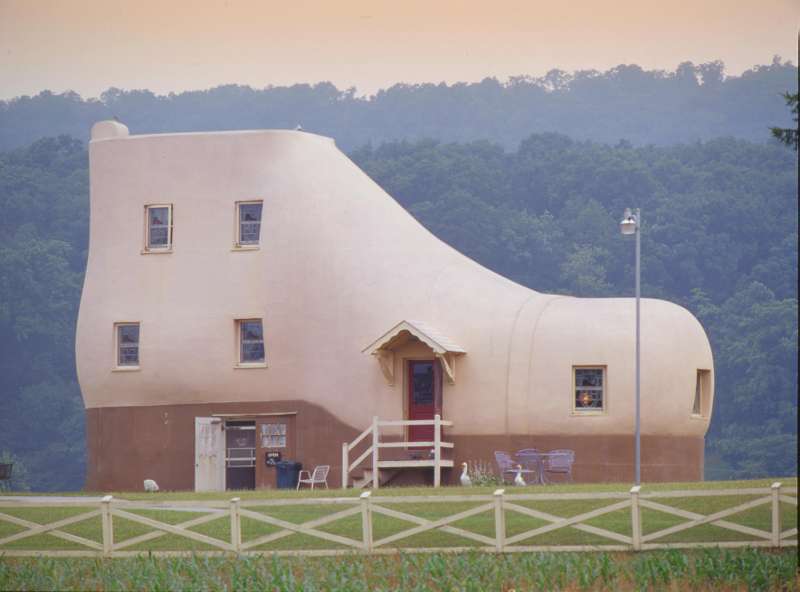 Motion control shoes
Motion control shoes are the most
rigid shoes. They are designed to be
inflexible because they are meant to
limit over pronation. They are generally
heavy, but
durable. Many are built upon a
straight last, and may have a
dual density mid sole, with the denser material on the inside of the foot to help correct for
pronation. Primarily,
motion control shoes are for
over-pronators and
heavier people. Often people with
flat feet do well in these shoes. The
PROBLEM with most
motion control shoes is that they tend to have a
thick heel which makes walking in them the same as
walking uphill with every step.
Stick with me for more information about SHOEs!!!


 A compromise type of shoe
A compromise type of shoe




